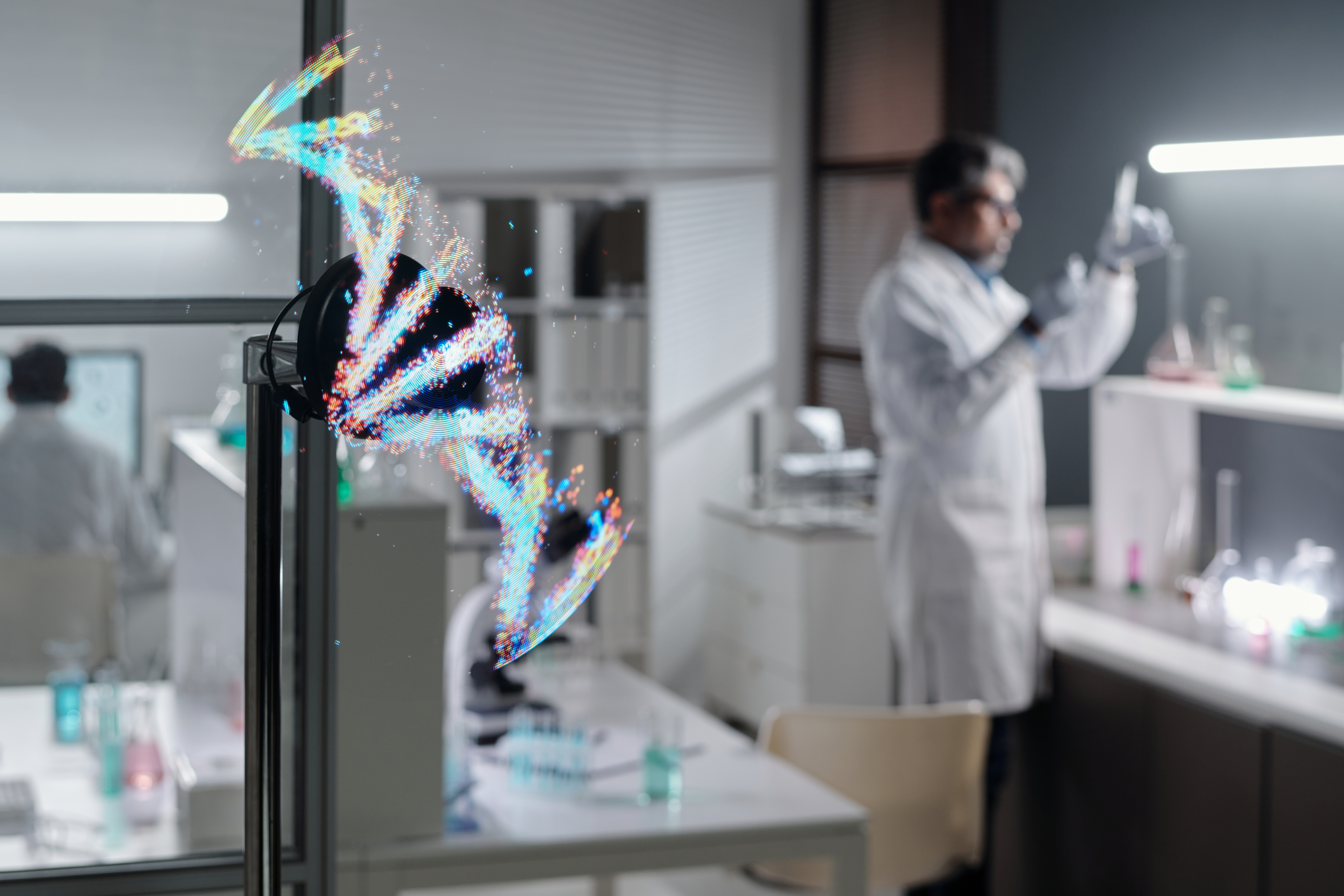Deoxyribonucleic acid (DNA) is a double-helical molecule composed of two strands held together by complementary base pairing. In molecular biology processes such as replication, repair, and transcription, these strands must be separated—an event commonly referred to as DNA unwinding. This separation is not merely a passive phenomenon but requires mechanical input, typically facilitated by enzymes known as helicases.
In controlled laboratory conditions, such as those in purified systems or in dilute buffers, strand separation occurs under relatively low tension. However, real cellular conditions are far from dilute. The intracellular environment is densely packed with proteins, macromolecules, and various substructures, creating what is known as macromolecular crowding. This phenomenon alters the biophysical behavior of biomolecules, including DNA.

